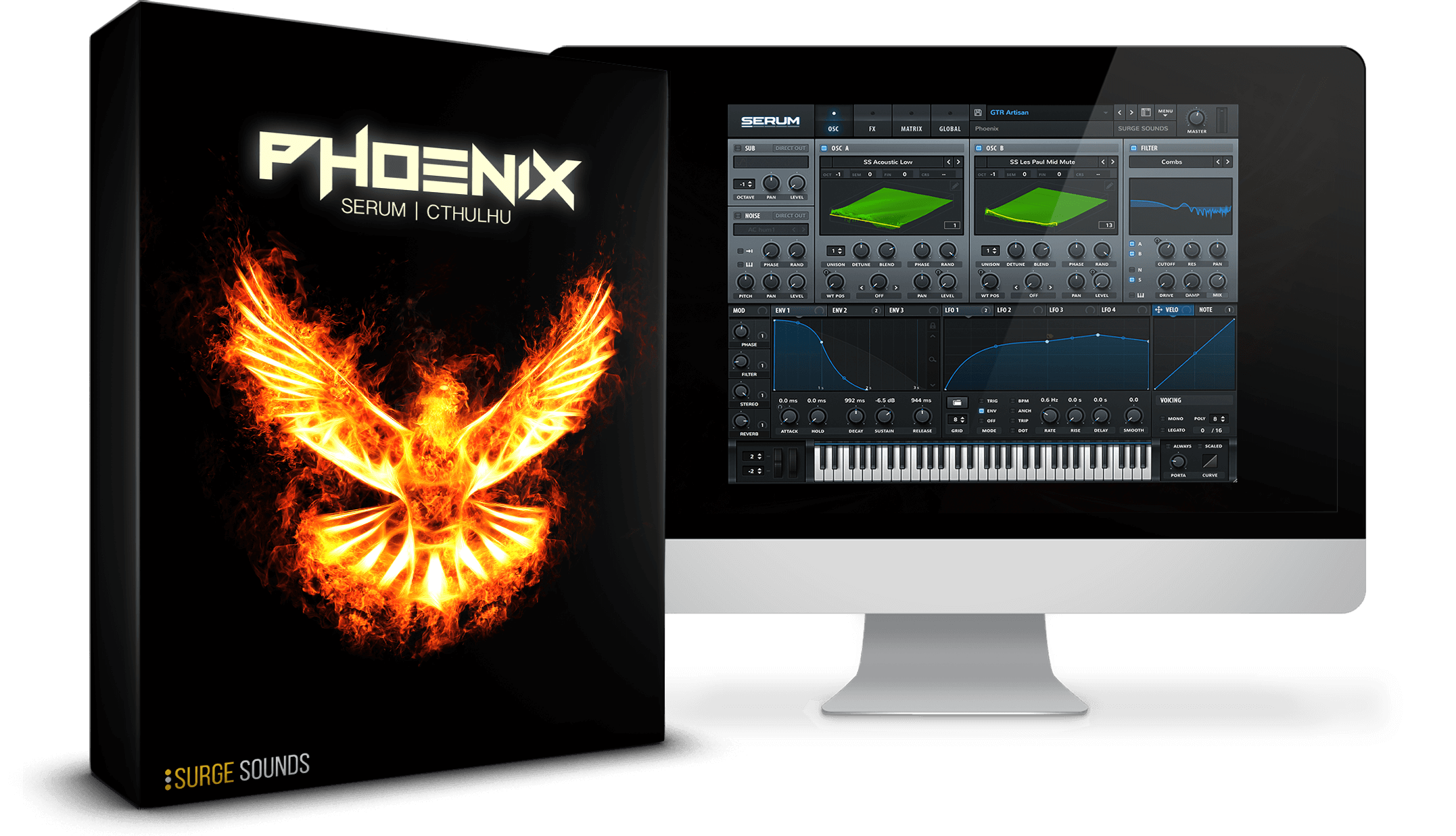
Slower pan rates are better, because you don’t want the pan position to change so fast that a percussion hit pans while it’s still sustaining or playing.


A random LFO waveform would be ideal, but the X-Trem’s 16 Steps waveform is equally good. I prefer not to have a regular, detectable panning change. If you recorded it in mono, set the Channel Mode to stereo, select the clip, and type ctrl+B to bounce the clip to itself. įirst things first: the track must be stereo. The end result is a feeling of more motion with the percussion, because the tambourine’s wanderings keep it from becoming repetitive. In a real mix, both percussion parts would be mixed lower, so the tambourine’s motion would be something you sensed rather than heard. After a brief gap, the section repeats, with X-Trem moving the tambourine back and forth in the stereo field. In the first half, both the tambourine and cowbell are panned to center. I’ve mixed both of them higher than normal, so you can clearly hear how they interact. The cowbell keeps a rock-solid hit on quarter notes, and is panned to an equally rock-solid center. The following audio example has cowbell (no jokes, please) and tambourine. My solution is simple: use X-Trem’s Autopan function to give motion to percussion. The object is to find the sweet spot between those extremes. Too low, and it might as well not be there. When mixed too high, the percussion becomes a distraction. But mixing it just right is always tricky. Tambourines, cowbells, claves, guiros…you name it. 3 shows a bass part that Studio One’s session bass player “played.” This was on the second try. Of course, you can also experiment with other scales-but remember, the object is to get an acceptable bass part down fast, so you can move on to songwriting.įig. Now all the notes will be moved to the first, third, or fifth. This may not be necessary, but if the part is too busy pitch-wise, specify the scale note and choose Major or Minor Triad. Now the notes follow the chord progression. I usually prefer Narrow over Bass, but try them both. Your follow options are Parallel, Narrow, and Bass. Now have the part follow the Chord Track. Delete the notes in the second half, set the loop to the second half, and try again. But don’t agonize over this-all you really want is notes with a rhythm you like, because the Chord Track and Scale will take care of the pitches.Īlso note that if you don’t like the notes in, for example, the second half but like the first half, no problem. If you don’t like the results, delete the notes, and try again.

Click on OK, and you have a part.Įvery time you invoke Fill with Notes, the notes will be different. You might also want some half-notes in there. For this song, I also wanted a fairly bouncy part, so the rhythm is made up of 1/4 and 1/8 notes. Next up was adding a drum loop.įigure 2: Studio One’s session bass player is thinking about what to play.įor example, choose a bass-friendly pitch range. I then had the guitar follow the new Chord track, and the guitar and piano played together. This deposited MIDI notes for the chords, so now the piano played the chord progression. I made a few changes to the Chord Track, then dragged it into a piano instrument track. The process started with a rhythm guitar part (track 3), which I dragged up to the Chord track so it could parse the chord changes. This week’s tip builds on that concept to let Studio One’s session bass player get way more creative, and generate parts even more quickly.įig. The blog post Studio One’s Amazing Robot Bassist describes a simple way to create a bass part by hitting notes on the right rhythm, and then conforming them to the Chord track. The trick is to create good guide tracks, without getting distracted into editing a guide tack into a “part.”Ī solid bass line helps drive a song, but when songwriting, I don’t want to take the time to grab a bass and do the necessary setup. But, I’ve also found that good guide tracks (e.g., cool drum loops instead of metronome clicks) increase the inspiration factor. I’ve always prioritized speed when songwriting, because inspiration can disappear quickly. So, let’s look at the way some of these tools can help expedite the songwriting process.

Studio One includes multiple algorithmic composition tools, but I’m not sure how many users are aware of them.


 0 kommentar(er)
0 kommentar(er)
